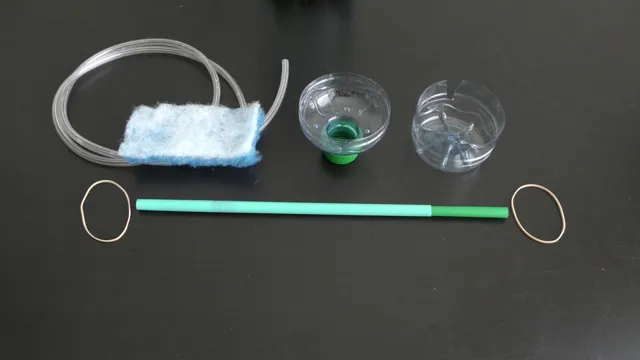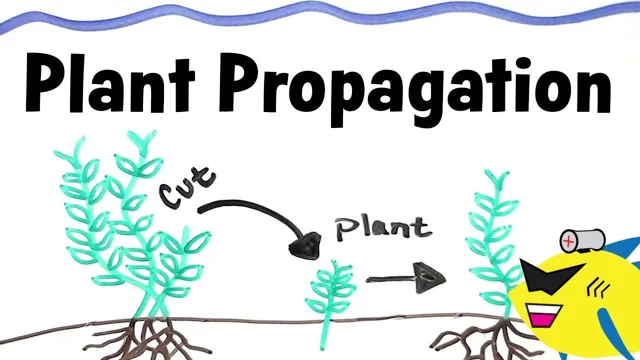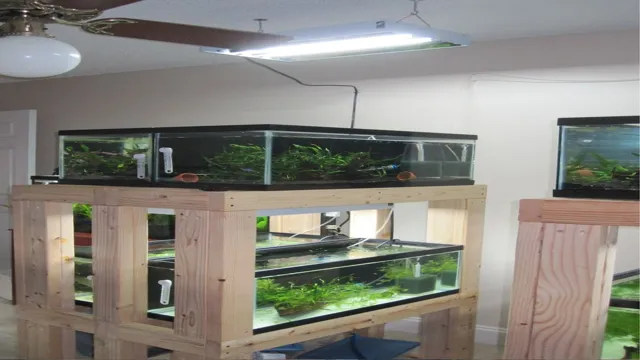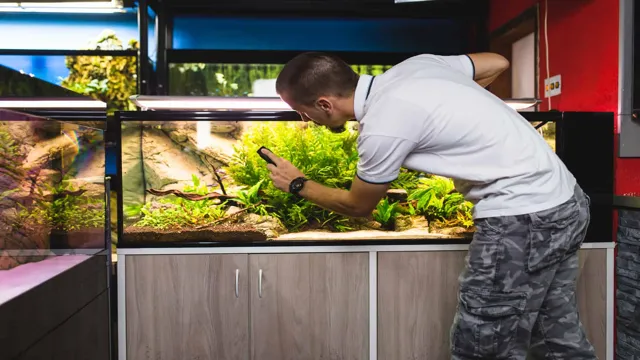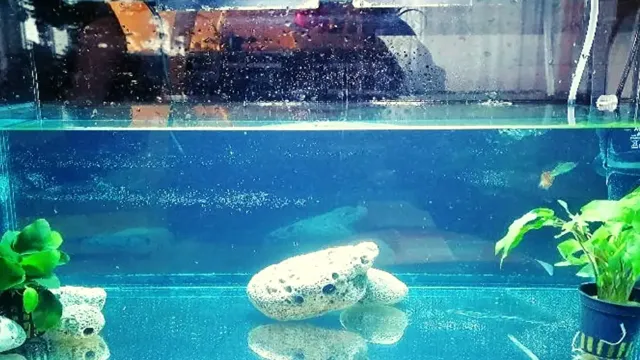How to Kill Aquarium Algae: Top Tips and Tricks for a Clear and Healthy Tank
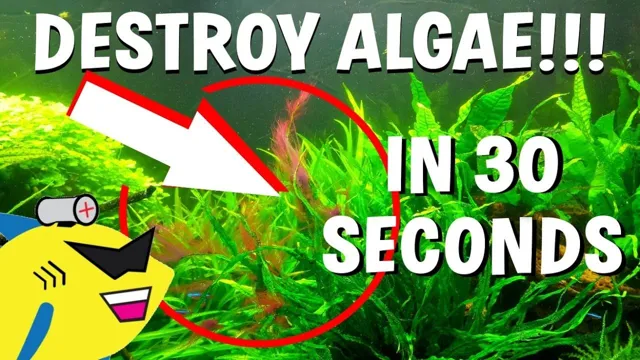
Do you have unsightly algae taking over your aquarium? It’s a common problem for many fish owners, but don’t worry, it’s a problem that can be solved. Algae growth is a natural process in aquariums, but too much growth can become a problem for both the fish and the aesthetics of the aquarium. Fortunately, there are several effective methods for getting rid of algae without harming your fish or disrupting the delicate balance of your aquarium.
In this blog post, we’ll explore different ways to kill aquarium algae and restore the beauty of your aquatic ecosystem. Get ready to say goodbye to unwanted algae!
Identifying the Type of Algae
If you’re struggling with an algae infestation in your aquarium, the first thing you need to do is identify the type of algae you’re dealing with. There are many different types of algae, each with its own unique characteristics and requirements for growth. Some types of algae, like green algae, are relatively harmless and can be easily removed by hand or with a scraper.
Other types of algae, like blue-green algae or black brush algae, are much more difficult to remove and may require more drastic measures. Once you’ve identified the type of algae you have, you can start to develop a plan for eradicating it from your aquarium. By taking the time to properly diagnose your algae problem, you’ll be able to choose the most effective and least invasive treatment method possible.
So, get to know your algae and you’ll be able to keep it under control!
Green Algae
Green algae are a common type of photosynthetic organisms that can be found just about anywhere in the world, from oceans and freshwater to damp soil and tree bark. Identifying the type of green algae can be quite tricky as there are thousands of different species, some of which can look similar. However, there are a few key features that can help you determine if a particular sample is green algae.
First, look for the presence of chloroplasts, which are small green organelles responsible for photosynthesis. Then, check the shape and arrangement of the cells, as well as if they have any flagella or other appendages. Certain types of green algae can also produce characteristic pigments, such as carotenoids and phycobiliproteins, that can be helpful for identification.
With a bit of practice and close attention to detail, you can learn to quickly recognize different types of green algae and appreciate their diverse and important roles in the ecosystem.
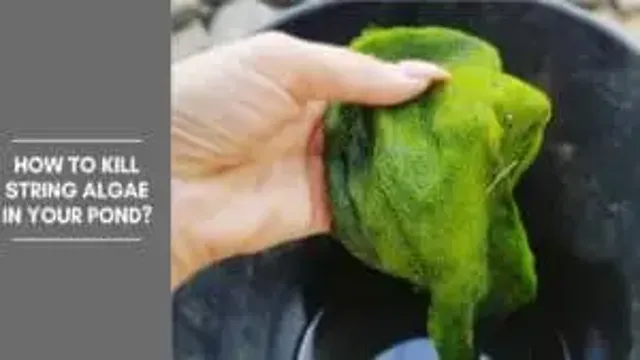
Brown Algae
When it comes to identifying the type of algae, one of the most common types you may come across is brown algae. As the name suggests, it has a brownish-green color and can often be found in both freshwater and marine environments. One way to identify brown algae is by its appearance – it typically looks like clumps or patches of soft, slimy material that can form on different surfaces, such as rocks, plants, and even on aquarium glass.
Another distinguishing factor is its texture, which is often slimy or slippery to the touch. Additionally, brown algae tends to be more prevalent in areas with high nutrient levels, so if you come across it in your aquatic environment, it may be a sign of an underlying problem that needs to be addressed. Overall, identifying brown algae is important for maintaining the health and balance of aquatic ecosystems, and taking proactive measures to prevent its growth is crucial for keeping these environments thriving.
Red Algae
Red Algae When it comes to identifying the type of algae, it can be a bit confusing at first. One type of algae that is important to recognize is red algae. This type of algae is unique in that it contains a pigment called phycoerythrin, which gives it its reddish color.
Red algae can be found in both marine and freshwater environments and can be single-celled or multi-celled. They are typically found in deeper waters and can be an important component of coral reefs. Some species of red algae are also used in the production of food and other products due to their high nutritional content.
Overall, being able to recognize red algae is important for understanding the role it plays in various aquatic ecosystems and how it can be utilized in various industries.
Prevention is Key
When it comes to aquarium algae, prevention is key. One of the best ways to keep algae at bay is by not overfeeding your fish. Excess food can cause an increase in nutrients in the water, which can lead to an outbreak of algae.
Another way to prevent algae from taking over your aquarium is by using a high-quality filter. A filter can help keep the water clean and free of excess nutrients that can fuel algae growth. Additionally, it’s essential to change the water regularly as it can help remove excess nutrients and debris from the aquarium.
If you already have an algae problem, it’s best to address it as soon as possible. This can be done by manually removing the algae, reducing the light exposure, and using chemical treatments designed to kill algae. By following these preventive measures and taking action when necessary, you’ll be able to keep your aquarium clean and healthy for your fish and aquatic plants.
Managing Lighting and Nutrient Levels
When it comes to indoor gardening, managing lighting and nutrient levels is crucial. Proper lighting levels ensure that plants receive the necessary amount of light to thrive and grow. Nutrient levels, on the other hand, provide plants with the necessary minerals and vitamins for optimal growth.
To prevent any issues with lighting and nutrient levels, it’s important to take a proactive approach to maintenance. Regularly checking the lighting and nutrient levels and making adjustments as necessary can help prevent any problems before they occur. Additionally, it’s important to monitor the conditions in which the plants are grown, such as temperature and humidity, as these factors can also affect the plant’s growth.
Remember, prevention is key when it comes to managing lighting and nutrient levels in indoor gardening. By staying on top of maintenance, you’ll be able to ensure that your plants are healthy and thriving.
Regular Water Changes and Tank Maintenance
When it comes to maintaining a healthy aquarium, prevention is key. Regular water changes and tank maintenance are essential for the health and well-being of your fish and aquatic plants. A clean and well-maintained aquarium can prevent a variety of issues, such as algae growth, bacterial infections, and poor water quality.
By regularly changing a portion of the water and cleaning the gravel and decorations, you can remove excess waste and other harmful substances that build up over time. This improves water quality and ensures that fish and plants have the necessary nutrients and oxygen to thrive. Just like how we need to regularly clean our homes to keep them healthy and safe, our aquariums need the same attention and care.
So, make sure to establish a maintenance routine and stick to it to keep your aquatic environment clean and healthy.
Mechanical Removal Methods
When it comes to dealing with aquarium algae, mechanical removal methods can be incredibly effective. These methods involve physically removing the algae from the tank, rather than relying on chemical treatments or other interventions. One of the simplest mechanical removal methods is to use a scraper to manually remove the algae from the aquarium walls.
This can be time-consuming, but it’s an effective way to keep the algae from taking over your tank. Another option is to add algae-eating fish or invertebrates to the tank. Many species of fish, such as otocinclus and plecos, will happily munch on algae all day long.
Finally, you can try reducing the amount of light your aquarium receives. Algae thrive in light, so by reducing the amount of light in the tank, you can help to keep the algae under control. By using these mechanical removal methods, you can keep your aquarium looking clean and healthy, and enjoy your underwater world to the fullest.
Scraping and Brushing
When it comes to removing unwanted substances and materials from surfaces, mechanical removal methods such as scraping and brushing can be highly effective. Scraping involves using a sharp implement to scrape away material from a surface, while brushing uses stiff bristles to loosen and remove debris. These methods are particularly useful for removing rust, paint, and other hard-to-remove substances, as they can break down and remove even stubborn buildup.
However, it’s important to use caution when using scraping and brushing methods, as they can also damage delicate surfaces or scratch them. It’s also important to wear protective gear such as gloves and eye protection to avoid injury. Overall, scraping and brushing are an effective way to mechanically remove unwanted materials from surfaces and restore them to their original state.
Siphoning and Vacuuming
When it comes to removing debris and waste from your aquarium, there are a variety of options available. Two popular mechanical methods include siphoning and vacuuming. Siphoning involves using a tube to create a flow of water, which will then pull the waste into a container or bucket.
This process is useful for removing small, loose debris that has settled on the bottom of the tank or is floating on the surface. Vacuuming, on the other hand, involves using a device with suction power to remove waste from the substrate and gravel. This method is best for removing larger debris, such as uneaten food or fish waste.
Both methods can be used in conjunction with each other for a more thorough cleaning. It’s important to note that while these mechanical removal methods can be effective, they may also disturb the beneficial bacteria in your aquarium. Be sure to only clean as often as necessary and monitor water parameters to ensure a healthy environment for your fish.
Chemical Treatment Options
If you’re struggling with aquarium algae, don’t worry, you’re not alone. It’s a common problem that many aquarists face. One solution is to try out chemical treatments to kill the algae.
One chemical treatment option is to use hydrogen peroxide. This can be added directly to the tank, but be sure to use the correct dosage based on the volume of your tank and the type of algae you’re dealing with. Another chemical treatment is to use algae control products such as algaecides.
These products are designed to specifically target algae and can be effective in controlling their growth. However, it’s important to note that these chemical treatments can have negative effects on your aquarium’s ecosystem if not used correctly, so be sure to follow instructions carefully and monitor your water parameters closely. Remember, prevention is key in avoiding algae growth, so be sure to maintain proper lighting and water quality to limit the chances of an algae outbreak.
Algaecides
Algae growth can be a nuisance to any pond or pool owner, but there are chemical treatments available to control it. One such treatment is algaecides. Algaecides are chemicals that kill and prevent the growth of algae.
They work by disrupting the photosynthesis process of algae cells and breaking down their cell walls. There are different types of algaecides, such as copper-based or quaternary ammonium-based, and each can have different effects on the environment and other organisms present in the water. Copper-based algaecides can be toxic to fish and invertebrates, while quaternary ammonium-based algaecides may not be as effective in high pH environments.
It is important to choose the right type of algaecide for the situation and to follow the application instructions carefully. Keep in mind that algaecides may also cause foaming or discoloration of the water, but this is usually temporary. Using algaecides in combination with other treatments and good maintenance practices can help keep your pond or pool free of algae and looking crystal clear.
Natural Remedies
While natural remedies can be effective for some ailments, there are certain conditions that require chemical treatment options. Chemical treatments are often prescribed for serious diseases and infections that cannot be cured with natural remedies alone. For example, antibiotics are commonly used to treat bacterial infections, while chemotherapy is used to treat cancer.
While these treatments may come with side effects, they are often necessary for recovery and preventing further complications. It is important to consult with a medical professional before using chemical treatments to ensure they are safe and appropriate for your specific condition. Remember that while natural remedies may work for some minor ailments, chemical treatments are often necessary for more serious health issues.
Keeping Algae at Bay
Aquarium algae growth is a common problem that can quickly take over and damage your aquatic ecosystem. Luckily, there are several ways to kill aquarium algae. An effective method is to reduce the amount of light your aquarium receives.
Algae thrive in areas with ample lighting, so limiting the amount of daily exposure will inhibit their growth. Similarly, regular monitoring and maintaining proper water conditions, such as pH and nutrient levels, will also hinder algae growth. Additionally, adding some algae-eating fish or invertebrates can help control the problem.
Snails and certain species of shrimp are known for their ability to consume algae. Lastly, consider introducing live plants to the aquarium ecosystem. They will outcompete algae for nutrients and help keep their growth in check.
By following these simple steps, you can create a healthy environment for your aquatic pets and keep aquarium algae at bay.
Maintaining a Balanced Aquarium Ecosystem
Maintaining a balanced aquarium ecosystem can be quite a challenge, especially when it comes to keeping algae at bay. No one wants a tank covered in unsightly green slime, but at the same time, algae plays an important role in the aquarium’s overall health. To strike the right balance, there are a few things you can do.
First, make sure you’re providing enough light for your plants but not so much that it encourages algae growth. Also, consider incorporating algae-eating fish or invertebrates into your aquarium, such as snails, shrimp, or plecos. These critters can help keep the algae under control naturally.
Finally, perform regular water changes and use a high-quality filtration system to keep the water clean and clear. By taking these steps, you can maintain a beautiful and healthy aquarium ecosystem, without letting algae take over.
Monitoring and Adjusting Water Conditions
Algae can be a pain to deal with in your aquarium, but there are steps you can take to keep it under control. One of the most important things you can do is to monitor and adjust your water conditions. Algae thrive on excess nutrients in the water, so you want to make sure that you’re not overfeeding your fish and that you’re doing regular water changes to remove any built-up waste.
In addition, you should test your water regularly for ammonia, nitrite, and nitrate levels, which can be harmful to your fish if they get too high. If you do notice an algae problem, you may need to adjust your lighting or add some algae-eating fish to your tank. With careful monitoring and adjustment, you can keep your aquarium free of pesky algae and ensure that your fish live healthy and happy lives.
Conclusion
In summary, killing aquarium algae requires a combination of proper lighting, water quality, and maintenance techniques. It’s like a game of whack-a-mole – you need to be strategic in your approach and constantly be on the lookout for new growth. But with a little patience and persistence, you can maintain a beautiful and algae-free aquarium.
So put on your thinking cap, roll up your sleeves, and get ready to battle those pesky algae spores. May the odds be ever in your favor!”
FAQs
What causes aquarium algae to grow out of control?
Overfeeding, excess light, and high phosphate levels in the water are common causes of algae growth in aquariums.
Can certain fish or plants help control algae in an aquarium?
Yes, algae-eating fish like otocinclus and plecos and fast-growing plants like hornwort can help control algae growth in an aquarium.
How often should I clean my aquarium to prevent algae growth?
Regular maintenance is key to preventing algae growth. You should perform weekly water changes and clean the tank, filter, and decorations as needed.
What kind of lighting is best for preventing algae growth in an aquarium?
It is recommended to use LED lights that mimic a natural daylight cycle and provide appropriate lighting intensity for the type of plants and fish in your aquarium.
Can adding chemicals to the water help control algae growth?
While there are chemical products available that can help control algae, it is always best to address the root cause of the problem rather than relying solely on chemicals.
Does the temperature of the water in my aquarium affect algae growth?
Yes, warmer water temperatures can promote the growth of algae. It is recommended to maintain a consistent water temperature of around 75-80°F.
Is it safe to use algae-fighting medications in my aquarium?
Algae-fighting medications can harm fish and other inhabitants of your aquarium. It is always best to use natural methods for controlling algae or consult with an aquarium expert before using any chemicals.

